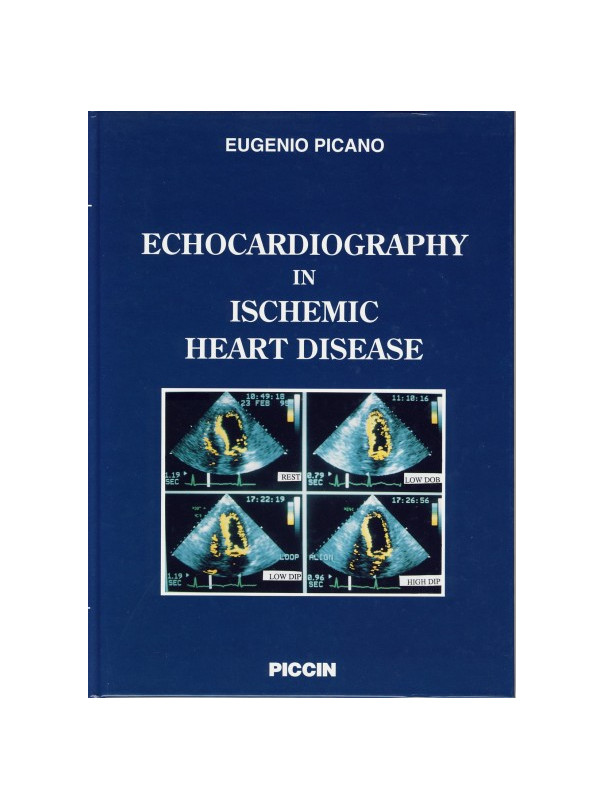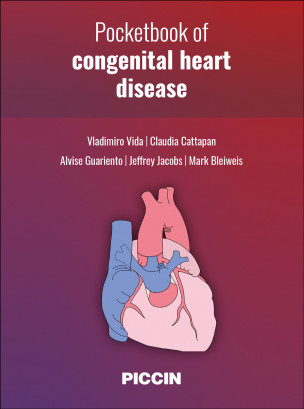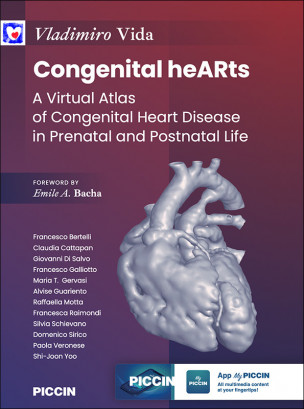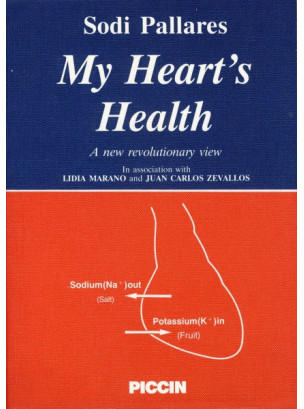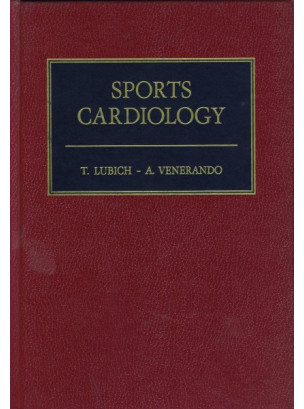Picano - Medical Researcher, National Reasearch Council - Institute of Clinical Physiology, Pisa, Italy
60,00 €
The economic milieu surrounding cardiology has abruptly changed in the past few years, and expensive, complex, multidisciplinary imaging techniques - either already established in cardiological practice or now looming at the horizon with impeccably bad timing - will soon be restricted to the Jurassic Park of academic cardiology, outside the real world of clinical medicine. By necessity, the new cost-conscious attitude has turned to echocardiography as the leading technique in the evaluation of coronary artery disease, since it is user-friendly, cost-effective, and versatile, encompassing rest and stress transthoracic echocardiography, transesophageal and vascular echo, up to the emerging sophisticated applications of contrast echocardiography and tissue characterization. All these options are not, however, just so many microchips of another cyber-technologists, the operating functions of a new fashionable imaging hyper-specialist. The cardiologist-echocardiographer has first-hand (or, transducer-mediated) knowledge of the physiologic heterogeneity underlying the apparent similarity of different anatomic conditions: not all resting left ventricular dysfunctions are irreversible; not all coronary stenoses can provoke ischemia; not all technically successful revascularization yield a physiologic or prognostic benefit. In this way, the echocardiographic era in coronary artery disease marked a transition from the anatomical to the functional diagnostic approach. In the anatomic approach, echo is a stone guest, the possible releaser from the vicious circle chest pain-coronary angiography-revascularization; conversely, in the physiological approach echo is the special guest star offering most information that is needed to integrate clinical assessment. Nevertheless the comprenetration between echocardiography and clinical cardiology is imperfect: the imaging professionals know how to obtain information, but they do not always know equally well when to look for it and how to use it. The ambitious target of this monograph is to speak the common language of cardiologists and echocardiographers, resisting encyclopedic temptations. The intention was to use echocardiography as the Arianna's thread to trace our way through the many, often labyrinthine rooms of the diagnosis of coronary artery disease: from infarction to ischemia, from viability to prognosis, from coronary structure to myocardial perfusion, from pathophysiologic background to economic implications.
No customer comments for the moment.


